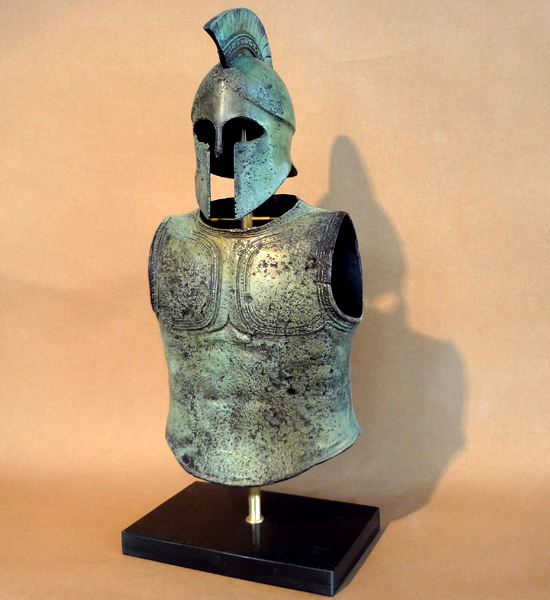So I've been digging into ancient Spartan stuff lately, and man, it's crazy how many fake artifacts are floating around. Last month I bought this "genuine Spartan bronze helmet" from some online dude for like 300 bucks. Looked legit in pictures, right? But when it showed up, something felt off immediately.
Step 1: The Touch Test
First thing I did was grab my kitchen magnet. Real Spartan bronze shouldn't stick much since it's mostly copper. But this helmet? Magnet clung to it like glue. Major red flag! Turns out modern crap metal often has iron mixed in.
Step 2: Scratches & Scuffs Check
Next I looked at the scratches under bright light. Authentic ancient stuff should have uneven scratches going every which way from centuries of use. But this helmet had perfect parallel lines - total giveaway it was made with power tools. No Spartan warrior would've had a damn angle grinder!

Step 3: The Dirt Test
I wet a Q-tip and rubbed the dirt in crevices. Real buried artifacts have dirt practically fused to the metal. On this faker? The "ancient dirt" wiped right off like cheap coffee grounds. Pro tip: modern forgers use tea leaves or tobacco for fake aging - smells weird when wet.
The Final Reality Check
Took it to this grumpy old professor who specializes in Greek stuff. He took one look and laughed: "Nice souvenir helmet, kid." Explained three things real Spartans artifacts always have:
- Weight feels right - Spartan gear wasn't lightweight junk
- Imperfections - ancient smiths had wonky toolmarks
- Patina looks alive - not that fake dull spray-paint look
Now I bring a magnet and magnifying glass everywhere. Saved myself from buying a "Spartan spearhead" last week using these tricks. Still salty about that helmet though - lesson learned!








